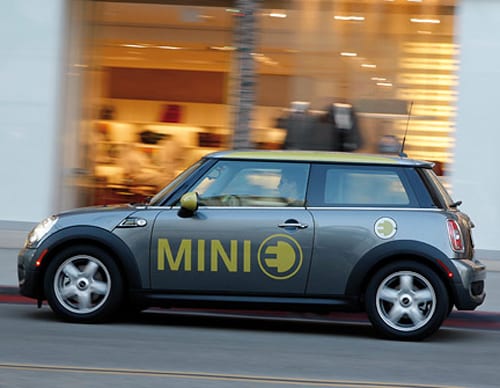 Many different parameters affect the service life of a battery-powered electrical vehicle. The important factors are the design of components in terms of their geometry and shape and the materials used, with their specific material properties. The production processes determines the surfaces and generate characteristic and residual stress, for example during welding or deep-drawing.
Many different parameters affect the service life of a battery-powered electrical vehicle. The important factors are the design of components in terms of their geometry and shape and the materials used, with their specific material properties. The production processes determines the surfaces and generate characteristic and residual stress, for example during welding or deep-drawing.
Other influencing factors are loading encountered during service conditions, usage behavior by the customer, and environmental conditions like varying service temperature range and corrosive facilitators. In this field BMW has a great deal of experience. The automotive company already produces the 7 series hydrogen vehicle and the electric MINI E in a limited-run production.
In a recently released publication, Dieter Martin, head of the department known as ‘Betriebsfestigkeit Karosserie’ (car body durability) at BMW exhibited the challenges of testing the structural durability of electric vehicles. He compared the requirements and differences of electric vehicles and cars with internal combustion engines. The paper shows different aspects of component structural durability testing of battery electric vehicles, know as BEVs.
For instance, the structural durability has to be maintained in BEVs for operating loads in the same way as for conventional vehicles. The high-voltage storage battery was tested with operating loads which were derived from acceleration measurements taken in a MINI. The MINI was driven on roads with different surface conditions – cobble stone pavements, country roads, and so on. Furthermore, testing of the structural durability of the connection of the HV-storage battery to the car body was conducted on a multi axis vibration table.
The examples Dieter Martin presents in this paper demonstrate the importance of the structural durability in regard to the new field of electromobility. The results and analyses will be used to improve the service life of a battery electrical vehicle and to provide higher mileage, resulting in an increase in the length of journeys that BEVs can be used for.
Finally Martin gives an insight into possible future hybrid cars. In the near future another BEV will be produced: the ActiveE, based on the BMW 1 series. Looking ahead, the next vehicles will be the mega city vehicle (MCV) BMW i3 which will be produced in greater volumes, and the plug-in hybrid electric sports vehicle, the i8.

















